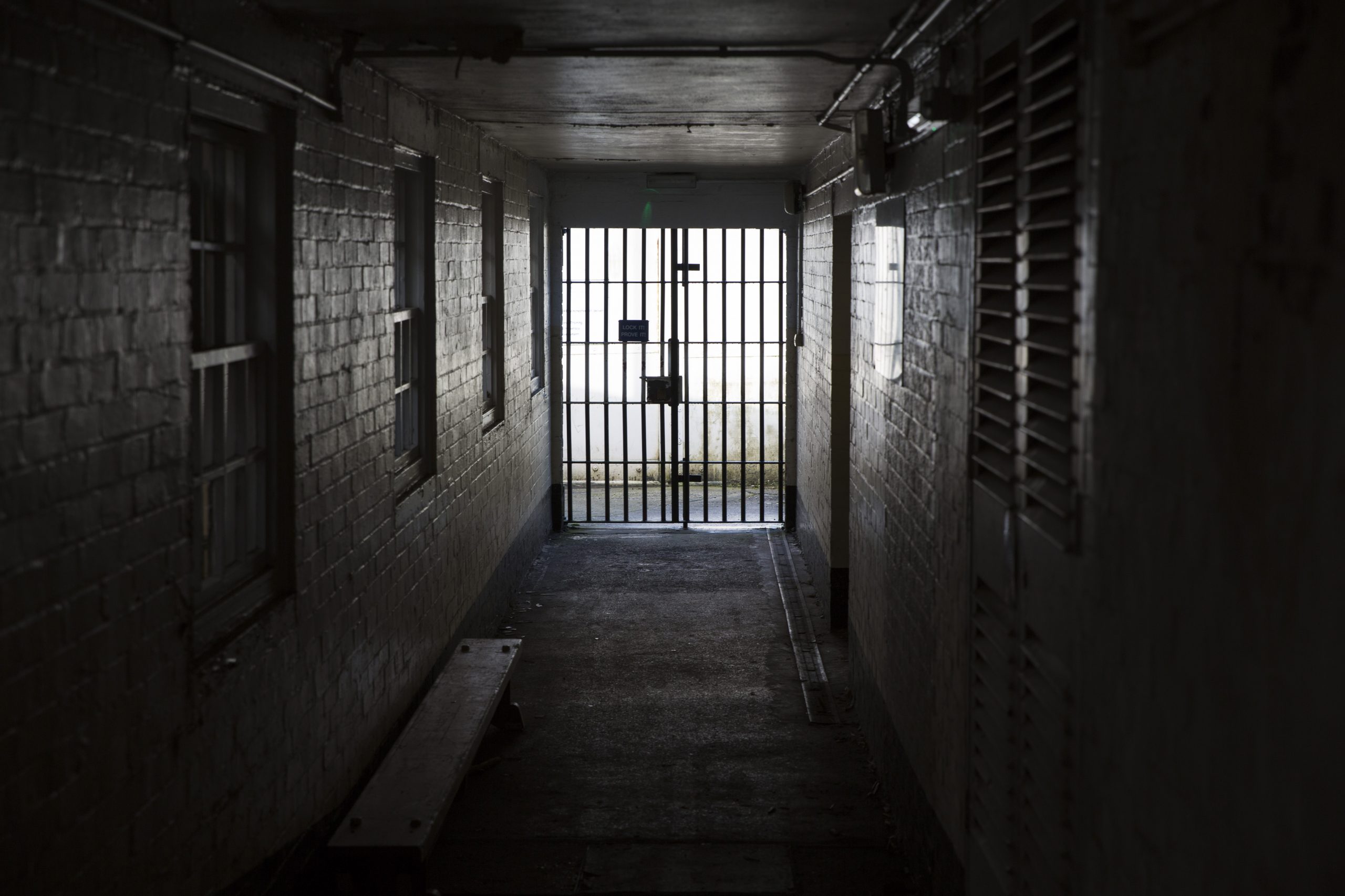A new report by HM Inspectorate of Prisons has identified clear evidence of both overt racism as well as ‘subtle and insidious’ forms of discrimination experienced by black male staff and prisoners. 100 black prisoners, 17 key managers (including governors) and 66 other staff of all ethnicities were surveyed over the course the Prison Inspectorate’s study.
The report found that the number of reported instances of blatant racist behaviour increased in the wake of George Floyd’s murder. In one such incident, a black senior manager relayed an occasion where a ‘white officer said to the black prisoner…hurry up and get your lunch or I’ll kneel on your neck for nine minutes…as a joke,’ four days after the murder.
Whilst many reported experiencing direct explicit racist language, most prisoners described racial discrimination as ‘predominantly subtle, unconscious and difficult to identity.’ The report also noted that a disproportionate amount of force was used against black prisoners as compared to other ethnic groups. Black prisoners were nearly twice as likely to report physical restraint, as well as have batons and incapacitant spray used against them. Prison officers’ actions were often motivated by an inflated sense of risk, exacerbated by associations of black prisoners with gangs. These characterisations were reported as ‘sweeping…pervasive and consistent,’ particularly as black prisoners were viewed ‘as a group rather than as individuals.’
A black staff member surveyed by the Prison Inspectorate described how ‘there’s a widespread unconscious understanding of the black male as aggressive, and of the black body, and yes, it does create more use of force.’ Many prisoners experienced colourism and were treated more harshly as a result of their skin tone. ‘The darker you are, you get treated more like a criminal,’ one prisoner stated. The report also indicated that there was a ‘wide gulf’ in the experiences of black prisoners and white officers, with the relationship described as ‘fractured’ and ‘a lost cause.’ Only 62% of black prisoners surveyed felt that staff treated them with respect, a lower figure than other ethnic groups.
White staff were also noted to have dismissed prisoners’ genuine experiences of racism as ‘playing the race card.’ ‘When a black guy says something, there’s scepticism…when a white guy says something, there’s truth to it,’ one prisoner remarked. As a result, there was a lack of confidence by black prisoners in the system for reporting discriminatory incidents. One black prisoner described that ‘it’s almost like you are fighting a losing battle…the way the system is built is so they win and you lose,’ echoing the depth of mistrust and cynicism felt by many surveyed.
Commenting on these findings, Peter Dawson, Director of the Prison Reform Trust called the report a ‘compelling description of how racial discrimination may have changed in character, but not gone away’, pointing to ‘structural failure[s]’ across the prison estate. Jessica Pandian, Policy and Research Officer at INQUEST, described the findings as evidence of ‘institutional racism embedded across the prison estate and criminal justice system.’ This consistent abuse experienced by prisoners had the effect of ‘deny[ing] prisoner respect and individual identity,’ particularly as much of the language used was highly racialised.
The report recommended measures to create opportunities for respectful communication and mutual understanding, building on the effective use of reverse mentoring at HMP Swaleside. Most black prisoners were positive about the scheme as a forum to build a sense of community with staff. Food was also promoted as a means of community and comfort. Given that a common complaint by surveyed prisoners was a lack of sufficient cultural diversity, ‘cultural kitchens’ would reinforce pro-social communication; this would build on existing mechanisms in immigration removal centres as ‘a useful blueprint.’







